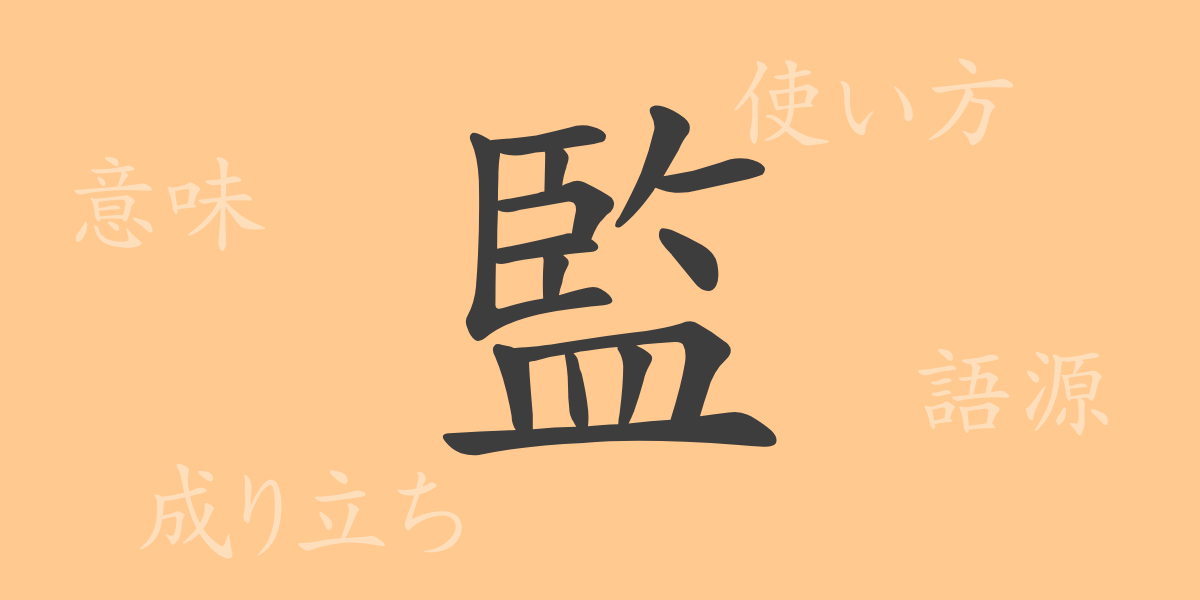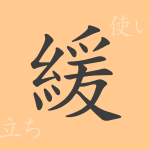The meaning behind each Kanji character is deeply rooted in its shape and history. The Kanji “監” (Kan) is an important character included in the list of commonly used Kanji in Japan and is utilized in various contexts. In this article, we delve into the origins, meaning, usage, pronunciation, and even idioms and phrases containing “監” (Kan), exploring its allure.
Origins of Kanji “監”
The Kanji “監” (Kan) developed as a symbol for bureaucrats who conducted supervision or inspection in ancient China. Originally, there were two different characters, “監” (Kan) and “鑑” (Kan), both including the radical “見” (Mi-ru), which means “to look”. Over time, these characters came to overlap in meaning and usage, and “監” (Kan) has established itself as a commonly used Kanji in modern times, signifying surveillance or supervision.
Meaning and Usage of “監” (Kan)
The primary meanings of “監” (Kan) are to supervise, oversee, or manage. It is used in contexts where someone with a certain level of authority is responsible for checking on others or events, such as auditors or supervisors in public institutions or private companies. Additionally, in legal and administrative terms, “監” (Kan) occupies an important position and is often employed to indicate a precise and responsible role.
Pronunciation, Stroke Count, and Radical of “監” (Kan)
The Kanji “監” (Kan) also has many points of interest in terms of its pronunciation and structure.
- Pronunciation: Onyomi (Sino-Japanese reading) is “Kan”, no Kunyomi (native Japanese reading)
- Stroke Count: A total of 14 strokes
- Radical: 皿部 (Sara-hen)
Idioms, Phrases, and Proverbs Using “監” (Kan) and Their Meanings
There are numerous idioms and phrases that use “監” (Kan), each with its unique meaning. For example, “監獄” (Kangoku) refers to a penal institution, “監査” (Kansa) to an audit of accounting or finances, and “監修” (Kansyuu) to supervising content accuracy. These phrases are very important examples of how “監” (Kan) is used in the Japanese language.
Conclusion on “監” (Kan)
Through this article, we have been able to understand the diverse meanings and usages of the Kanji “監” (Kan). This character, often used to denote responsible positions or actions such as monitoring, supervising, or managing, is an indispensable element in Japanese culture and language. It is our hope that each time you encounter “監” (Kan) in your daily life or business scene, you will recall its rich history and significance.

























